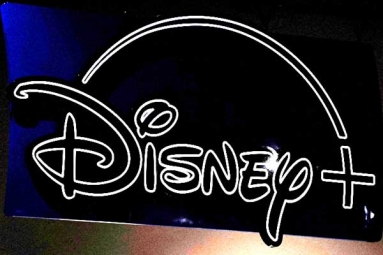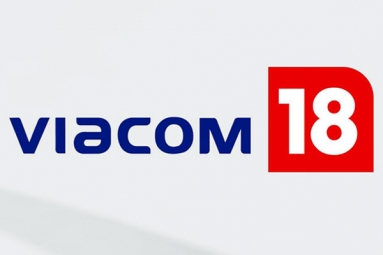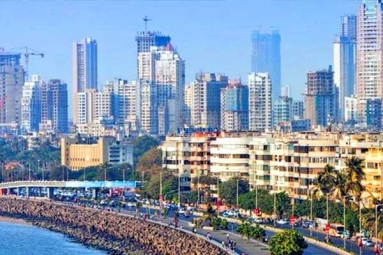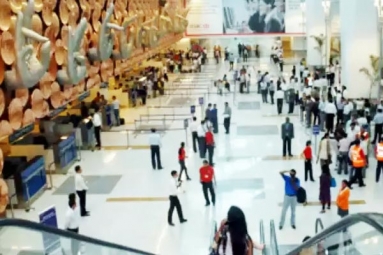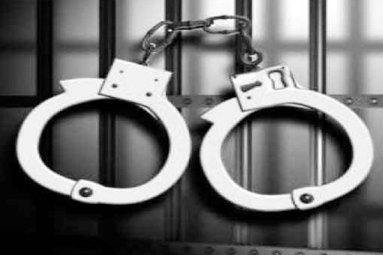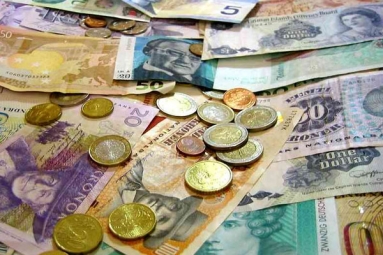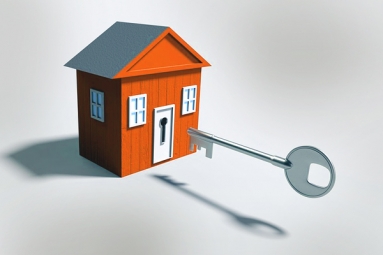State Bank of India, the nation’s largest lender, dropped in Mumbai trading as bad loans expanded and capital buffers shrank in the third quarter.
Net income climbed 15 percent to a record 32.6 billion rupees ($664 million) for the three months ended Dec. 31, from 28.3 billion rupees a year earlier, according to a filing to BSE Ltd. today, surpassing the 30.8 billion-rupee median of 39 analyst estimates compiled by Bloomberg. Still, the bad-loan ratio widened to 2.22 percent from 1.61 percent.
Shares of State Bank headed for their second day of declines on concern that an economic slowdown may trigger more defaults by borrowers. The lender last month said that it would receive a 79 billion-rupee capital infusion from the government to bolster risk buffers and help take its Tier I ratio above the regulatory target of 8 percent.
“Asset quality is still a worry,” Brian Hunsaker, an analyst at Keefe, Bruyette & Woods Asia Ltd. in Hong Kong, said by telephone today. “Even after the capital is injected, the ratio will be low by international standards.”
Shares of State Bank declined 2 percent to 2,129.25 rupees as of the close of trading in Mumbai. The government-controlled lender dropped 42 percent in 2011, the most in 18 years, as bad debts increased and Moody’s Investors Service downgraded the financial strength rating citing low risk buffers. The government’s capital injection have helped drive shares up 32 percent this year.
Shrinking Risk Buffers
State Bank’s capital adequacy ratio under Basel II rules narrowed to 11.6 percent at the end of December, from 12.11 percent a year earlier, according to the filing. The Tier I ratio shrank to 7.59 percent from 8.52 percent, it said.
The government’s investment, along with profits, will push State Bank’s Tier I capital ratio above 9 percent by March 31, Chairman Pratip Chaudhuri told reporters in Mumbai today.
Moody’s downgraded the outlook for India’s banking system in November to “negative,” citing concern that a domestic slowdown and the surge in borrowing costs may boost bad loans. India’s economy may expand 7 percent in the fiscal year through March 31, according to a survey compiled by the central bank in January. That’s lower than the 7.6 percent projected in October.
The bank’s net interest margin, a measure of its lending profitability, widened in the quarter to 4.05 percent from 3.61 percent a year earlier, according to the filing. Net interest income, or revenue from borrowers after deducting interest paid to depositors, climbed 27 percent to 114.7 billion rupees.
Fees tied to debit cards and offering customers foreign- exchange services, as well as income from distribution of mutual funds and insurance products, fell 36 percent to 21.3 billion rupees.




